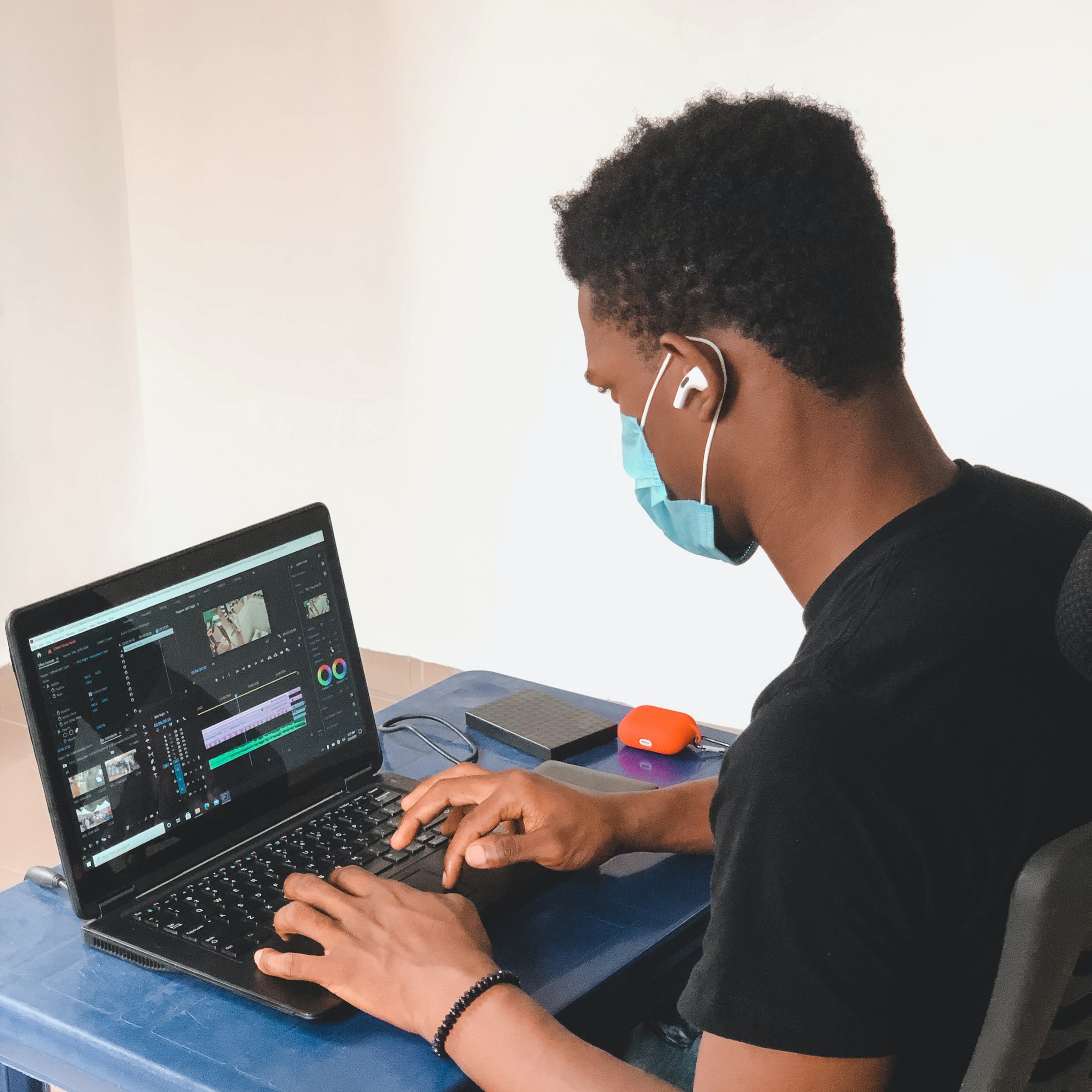As The Pandemic Looms, Remote Production Allows Brands To Stay Nimble
Ok, we admit it.
Knocking on wood wasn’t quite enough because, despite radiant optimism, we might be in for another stint of restrictions stemming from a new surge of COVID-19. And if we’ve learned anything from the past two years, it’s that there’s not an easy way to plan ahead.
But whether we’re looking at a few weeks of new COVID restrictions, or a few months, remote production strategies still exist as timeless solutions to staying afloat in this age of uncertainty, and heaps of organizations are using them to stay nimble and competitive until things settle down. So what makes them such strong go-to’s? We tried making a list of reasons, but they all seem to boil down to one thing: Ease of access.
It’s not permanently selling out…
While corporate relationships with remote production strategies typically flourish early on thanks to the quickly apparent benefits they offer, the pivot to remote production doesn’t have to completely replace traditional strategies forever. With the abundance of rapidly developing platforms, low barriers to entry, and falling costs, it’s easier than ever to toggle between remote and traditional strategies as needed.
…It’s whimsically buying in.
We see droves of high-caliber organizations like Zynga, Ball, and Bristol-Myers Squibb retaining subscriptions to remote production platforms like Cinebody so they’re never at a loss for alternatives to content creation as the world oscillates between normalcy and logistical chaos. This allows brands to crank out effective content from home during a lockdown in January and return to set when the dust settles (even briefly) in February, for example. There are few, if any, strings attached to relying on remote production. It provides an undeniably comforting level of flexibility during times like this. The same can seldom be said for traditional production strategies, as a scheduling hiccup due to COVID, for instance, can be catastrophic and difficult to recover from.
But the ease isn’t just felt on an organizational level. The individuals that make up your community have it even easier. The vast majority of long-standing and newly-emerging remote production platforms are all about facilitating collaboration in a way that has folks hitting themselves in a “shoulda had a V8” kind of way. Whether your decision to pivot is to keep your commercial content schedule alive OR keep employees engaged with one another beyond the cold, dark realms that are Slack and Zoom, you will quickly realize the untapped power of the smartphone and user-generated content.
Little Assembly Required
Smartphones are no longer reserved for the wealthy or the young, or the technologically inclined. Your tenured employees who had trouble transitioning to email are likely using the same mobile devices as the unpaid intern from IT who has trouble taking off his VR headset. That means one less barrier to adoption when having to roll out a remote solution for maintaining internal comms in Q1.
Everyone is already well-equipped to contribute to the return on your temporary investment in remote video strategies. Smart features native to platforms like Cinebody even allow you to alleviate any potential legwork by allowing you to force resolution, FPS, orientation, and so on. You can even get someone into a project on a previously unknown platform with the click of a link. No savviness needed. This way, the only real requirement for participating in a morale-boosting internal comms video to kick off the new year is the possession of at least one working finger.
While you may be planning on only relying on remote production for as long as it’s needed, it’s not going anywhere. On the contrary. As brands and organizations double down on remote production strategies, pandemic or not, the technology will continue to follow a trajectory that is unarguably cloud-bound (pun intended). Since the inception of platforms similar to Cinebody, phenomena like 5G and cellularly available cinematic camera capabilities have also become cheaper and more available to the public. This has the world looking at remote production as less of a niche or a workaround and more of a viable way to create better content for less money and with less time or at least compliment traditional strategies.



